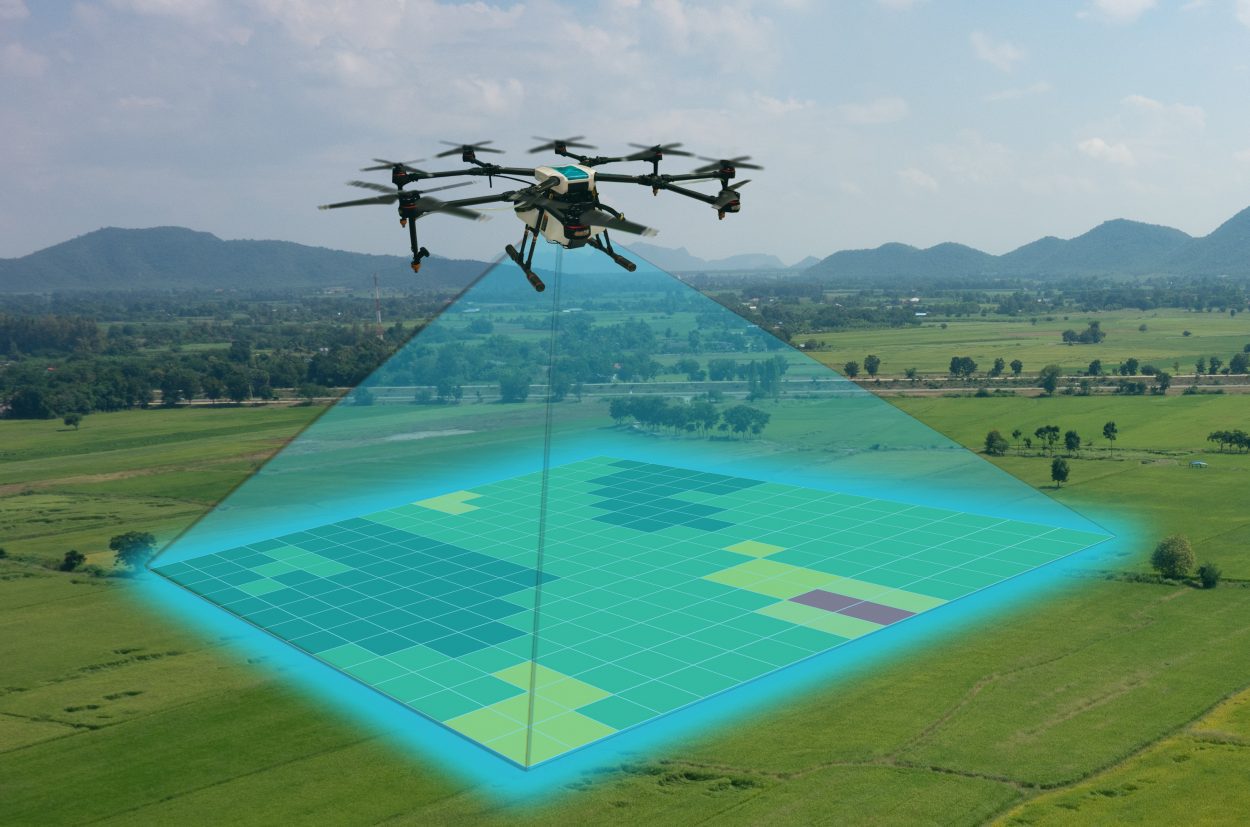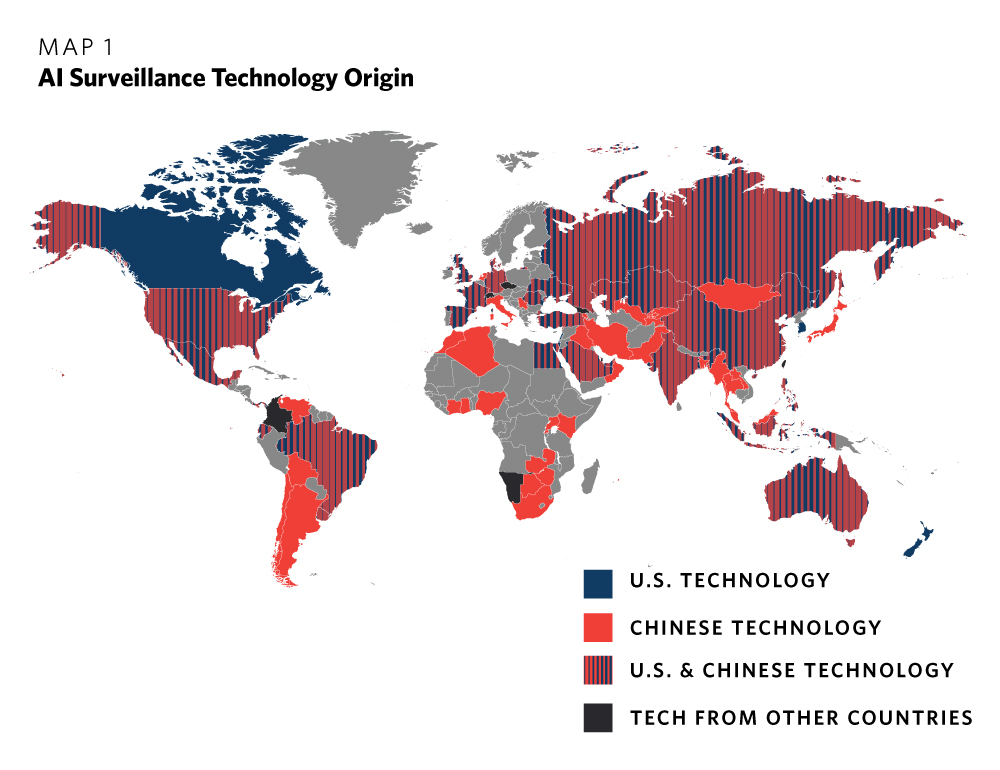
New technology allows archaeologists to use particle physics to explore the past
Unveiling Ancient Mysteries
In the bustling city of Naples, Italy, archaeologist Raffaella Bosso delves into an underground labyrinth, transporting herself back 2,300 years to the era of Ancient Greeks who once inhabited the region. Among the remnants left by these early settlers are ancient burial chambers, holding clues to their lives and customs. Bosso illuminates a stone-relief tombstone, revealing the preserved legs and feet of the individuals interred within.
“There are two people, a man and a woman in this one tomb,” she explains. “Normally you can find eight or even more.”
The Fusion of Archaeology and Particle Physics
Traditionally, archaeological discoveries were made through manual excavation. However, a groundbreaking collaboration between archaeologists and physicists has ushered in a new era of exploration. By employing subatomic particle detectors, akin to household microwaves in size, researchers like Valeri Tioukov can peer through layers of rock without disturbing the structures above, such as an apartment building standing 60 feet overhead.
Tioukov compares the process to radiography, positioning the particle detector against a wall adorned with ancient frescoes. This technology has unveiled hidden chambers that were previously inaccessible without invasive excavation methods.
The Power of Muons in Unveiling Secrets
At the University of Naples, Tioukov and his team analyze data collected by the particle detectors, focusing on muons - cosmic rays originating from the Big Bang. These detectors track the passage of muons through structures, allowing researchers to map the internal density of the examined space. In the case of the burial chamber in Naples, approximately 10 million muons were detected over 28 days, leading to the creation of a detailed three-dimensional model of the concealed chamber.
 Image for illustrative purposes
Image for illustrative purposes
Beyond Archaeology: A Multifaceted Technology
The application of particle physics in archaeology extends beyond Naples. Professor Giovanni De Lellis highlights its use in exploring Egyptian pyramids, volcanic chambers, and even in medical fields like cancer treatment. By precisely measuring internal structures, this technology aids in minimizing damage to healthy tissues surrounding cancerous growths, showcasing its versatility and potential for groundbreaking advancements.
“This is a new era,” De Lellis reflects on the transformative impact of particle physics in various domains.
As archaeologists continue to harness the power of particle physics, the boundaries of exploration are expanding, offering unprecedented insights into ancient civilizations and hidden historical treasures.















